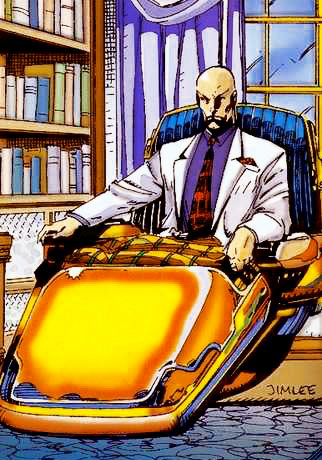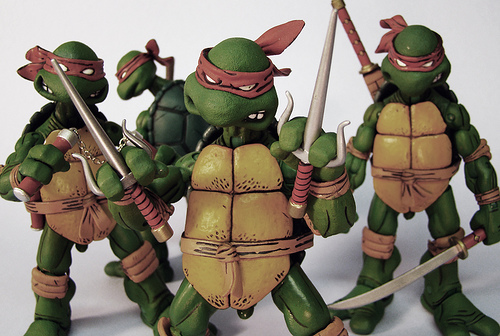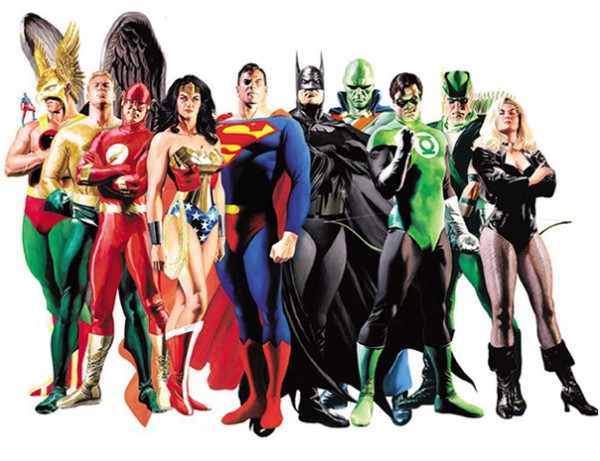Let’s overanalyze to death … Bonnie Tyler’s “Total Eclipse of the Heart”
So far in this very irregular series, we’ve scrutinized Gotye’s “Somebody That I Used to Know” and Macaulay Culkin eating a slice of pizza—preparation for tackling one of the greatest and most beguiling music videos ever made.
“Total Eclipse of the Heart” was a single from Bonnie Tyler’s fifth album, Faster Than the Speed of Night (1983), and her biggest hit. It was written by Jim Steinman, Meat Loaf’s once and future collaborator. Steinman also planned out the video, which was then directed by Russell Mulcahy, a man responsible for numerous ’70s and ’80s music videos, as well as the films Highlander, Highlander II: The Quickening, and Blue Ice. So that’s the aesthetic world we’re dwelling in. (In a single word: overblown.)
The video itself is pretty broad, and rather easy to read—broadly. Simply put, Tyler plays an instructor (or an administrator) at an all-boys boarding school. (I will refer to her character as “Tyler” throughout, for convenience’ sake.) Extremely sexually repressed, Tyler endures a long night of the soul fantasizing about her young charges; this constitutes the bulk of the video. Come morning, she (and we) are returned to restrained, repressive reality. But we’re left with the hint that A.) at least one of her students has magically become aware of her fantasy, or B.) her fantasia has caused Tyler to become mentally unhinged. (I lean toward B and will defend that reading below.)
That’s the basic outline. The devil, however, sits in a straight-backed chair, clutching a dove. He’s also in the details, so let’s delve deeper …
Professor X’s Magic Yellow Wheelchair
 Dear HTMLGIANT, today sees me researching Professor X’s wheelchairs for a disability studies paper that I’m writing. In particular, I’m looking for information on the magical flying yellow one that he was given by the Shi’ar Empire (I think?) in the early 1990s—the one designed by Jim Lee. If anyone can direct me to any documents describing this fabulous device, I would be most grateful. (Yes, I am trying to figure out its capabilities, including whether it housed missiles, etc.)
Dear HTMLGIANT, today sees me researching Professor X’s wheelchairs for a disability studies paper that I’m writing. In particular, I’m looking for information on the magical flying yellow one that he was given by the Shi’ar Empire (I think?) in the early 1990s—the one designed by Jim Lee. If anyone can direct me to any documents describing this fabulous device, I would be most grateful. (Yes, I am trying to figure out its capabilities, including whether it housed missiles, etc.)
So far, this site is the best I’ve been able to find. It says there:
This high-tech chair was a gift from the alien Shi’ar. Over the years, its appearance has varied a bit. Both gold and silver versions have appeared and some models have been slightly sleeker than others. [X-Men (1st series) #125]
In other words, not much. (Incidentally, that citation should be X-Men Vol. 2 #125, aka New X-Men #125. Part of what’s so maddening about researching the X-Men is how many different series there have been, and how many times those series have been retitled.)
Again, any help, much appreciated. Otherwise, feel free to chime in with your favorite memories/anecdotes/conspiracy theories regarding Marvel’s Merry Mutants.
I am drinking Juicy Juice and scouring the Internet for action figures based on my favorite childhood comics & cartoon franchises while complaining about—nay, BEMOANING—capitalism’s failure to deliver to me precisely what I want
Four or five years ago, for my birthday, I bought myself Neca’s Teenage Mutant Ninja Turtles figures—the awesome ones based on the original Kevin Eastman & Peter Laird’s original comics, like so:
They are so utterly badass. They all have red bandanas, for one thing, and they also have tails, which got clipped from the later TV cartoon versions because they looked like—penises, I guess.
As you can readily see, I am a proud owner of these figures:
I Love Superhero Wikipedia Pages
Why? Because they’re awesome. Because they are crash courses in thrilling storytelling. Because they are almost incomprehensible enough to be published by a hip indie lit journal. Because they save me the time and money required to read actual superhero comics, which are mostly garbage anyway (with all due love and respect to their creators: I know you guys are mostly doing your best with a ludicrously difficult format and schedule). Because I have a lot of fondness for characters I enjoyed as a child. Because they are so bad and so beautiful. (I’m also in it for the pouches.)
Superhero Wikipedia pages are insane because hero comics are insane. Understanding the conditions and constraints under which any story is produced will of course help you better appreciate said story, but in the case of hero comics it’s really the only way to understand most of what happens. Here are the key facts: 1) Hero comics are published on a monthly schedule. 2) Hero comics serve two consumer bases: teenage boys, who remember nothing, and nostalgic adults, who remember everything. 3) Hero comics almost always take place on what seems to be a present-day Earth. 4) Though comic book movies have never been bigger business, actual comic book sales seem always to be on the verge of collapse.




